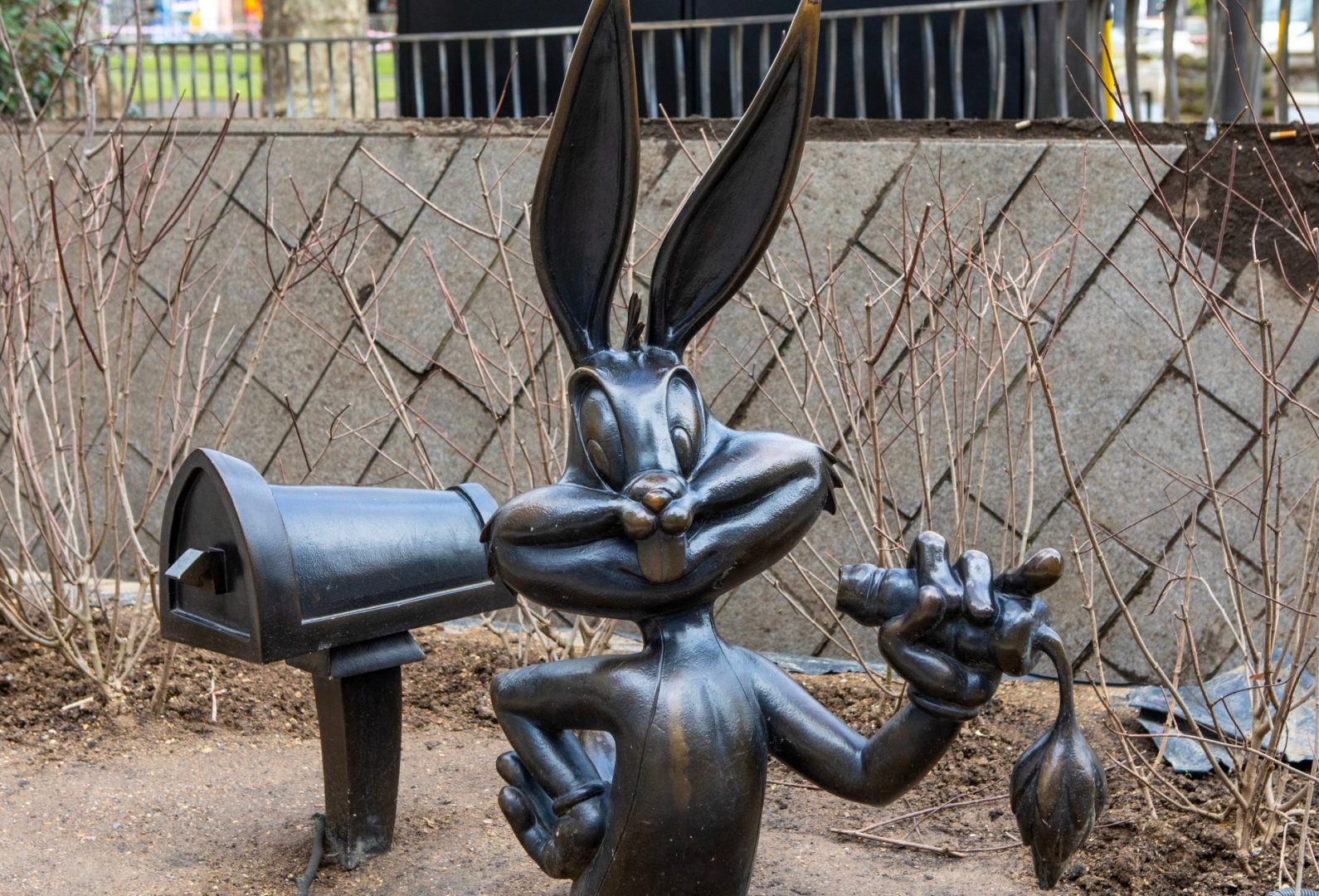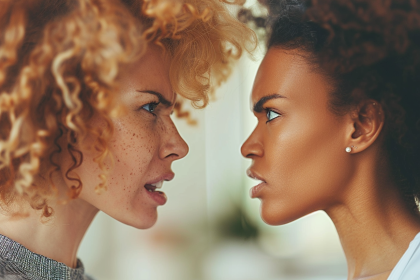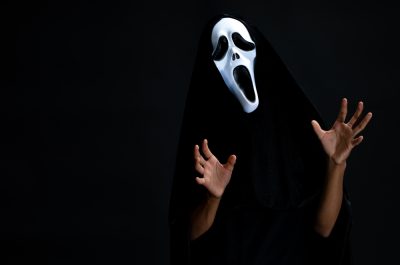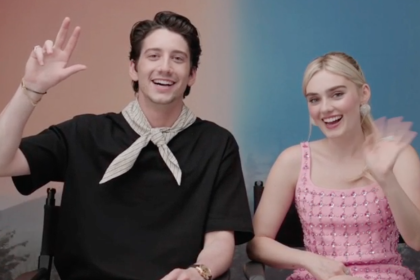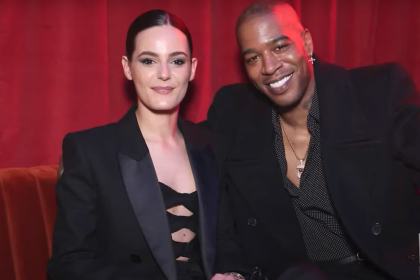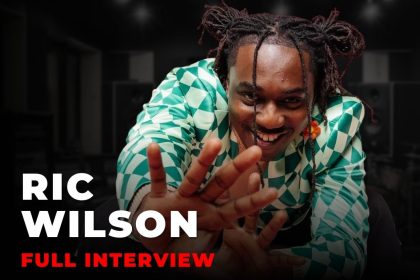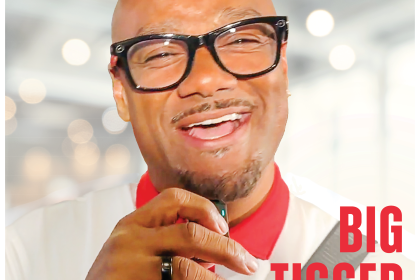“Eh, what’s up, Doc?”
Well, today is National Bugs Bunny Day. This isn’t the official birthday of the witty and often hilariously shady “wabbit.” Still, on April 30th, 1938, a little-known cartoon called “Porky’s Hare Hunt” introduced a naughty, mischievous rabbit who looked and sounded much like Ol’ Bugs. This started a legendary career filled with carrots, cunning wit, and controversy.
With his Brooklyn accent and foreshadowing grin, the wise-cracking Bugs Bunny became a staple of American animation. The Saturday morning legend has entertained generations. Yet, those oversized rabbit feet have left surprisingly complicated footprints in history. Early depictions raise questions about his positioning on race and representation.
Blackface, xenophobia, and cannibals
Bugs Bunny emerged in 1940, when harmful, exaggerated racial stereotypes were rife within the animation. Early Bugs cartoons occasionally dipped into unfortunate tropes, showcasing elements reminiscent of blackface minstrel shows. These portrayals would be rightly condemned by today’s audiences, mirroring a time when such offensive caricatures were sadly normalized. These elements were short-lived as the character quickly matured beyond such crude caricatures.
Examples of cartoons considered particularly problematic include:
-
“All This and Rabbit Stew” (1941) features Bugs facing off against a hunter caricatured after the Black actor Stepin Fetchit. The hunter embodies racist stereotypes with exaggerated features, lazy speech, and stereotypical mannerisms.
-
“Bugs Bunny Nips the Nips” (1942) is a World War II-era cartoon depicting Japanese characters with buck teeth, thick glasses, and broken English. Bugs uses racial slurs and derogatory terms throughout the short.
-
“Coal Black and de Sebben Dwarfs” (1943) is a parody of Snow White blatantly using racist stereotypes to portray Black characters. The animation relies on exaggerated features and stereotypical accents associated with Black people in American media at the time.
-
“Jungle Jitters” (1938) portrays Africans in a stereotypical and offensive light, depicting them as cannibals and using exaggerated features.
These are just a few of the egregious examples. Warner Bros., the creators of Looney Tunes, has acknowledged these issues, and some cartoons are no longer in circulation.
Blanc expressions
The legendary Mel Blanc, Bugs Bunny’s voice, further complicates the issue. Some scholars suggest that Bugs’ streetwise Brooklyn accent and scrappy resilience carry subtle echoes of Blanc’s experiences. Although Blanc rarely spoke about his experiences, we can theorize some connections.
Mel Blanc grew up in predominantly Jewish neighborhoods in Oregon and California. The Brooklyn accent used for Bugs was common amongst many Jewish immigrants and their children in New York during this era. Also, historically, Jewish communities have faced discrimination and oppression.
The underdog outwitting more powerful forces may have resonated with Blanc. This could have subtly shaped Bugs’ resilience and cleverness despite his small stature. Blanc was also known for his quick wit and ability to mimic different accents and voices, reflected in Bugs Bunny’s penchant for playful insults, disguises, and outsmarting his opponents.
His legacy
Bugs Bunny’s immense popularity makes him unavoidable in animation history. Yet, his early, harmful portrayals and occasionally cruel jokes necessitate a careful approach today. Warner Bros. has grappled with this, keeping some problematic cartoons out of circulation while providing contextual disclaimers for others.
The question is: Is Bugs Bunny a bigot or a flawed product of a bigoted time?
The answer is complex. Bugs reminds us that even the most beloved icons can be tarnished.
However, his rapid evolution is striking.
The stereotyped mannerisms were quickly shed. What remained — and ultimately flourished — was a sharp wit, an ability to outsmart foes regardless of their size, and a knack for bending reality in his favor. Instead, Bugs became something else – a subversive underdog. Outwitting dim brutes like Elmer Fudd and Yosemite Sam was about more than laughs.
It was a playful inversion of power dynamics; the little guy (or rabbit) came out on top, even against those with more significant physical strength. This resonated with a broad audience, including those who may have felt marginalized.
Proclaiming him a bigot or not may not be the solution here. The best use of Bugs Bunny now might be as a starting point — a chance to discuss how far animation has come, where it still needs to improve, how to build a world of cartoons genuinely welcoming to everyone, and the importance of recalling and confronting all episodes of America’s blatantly racist history.

